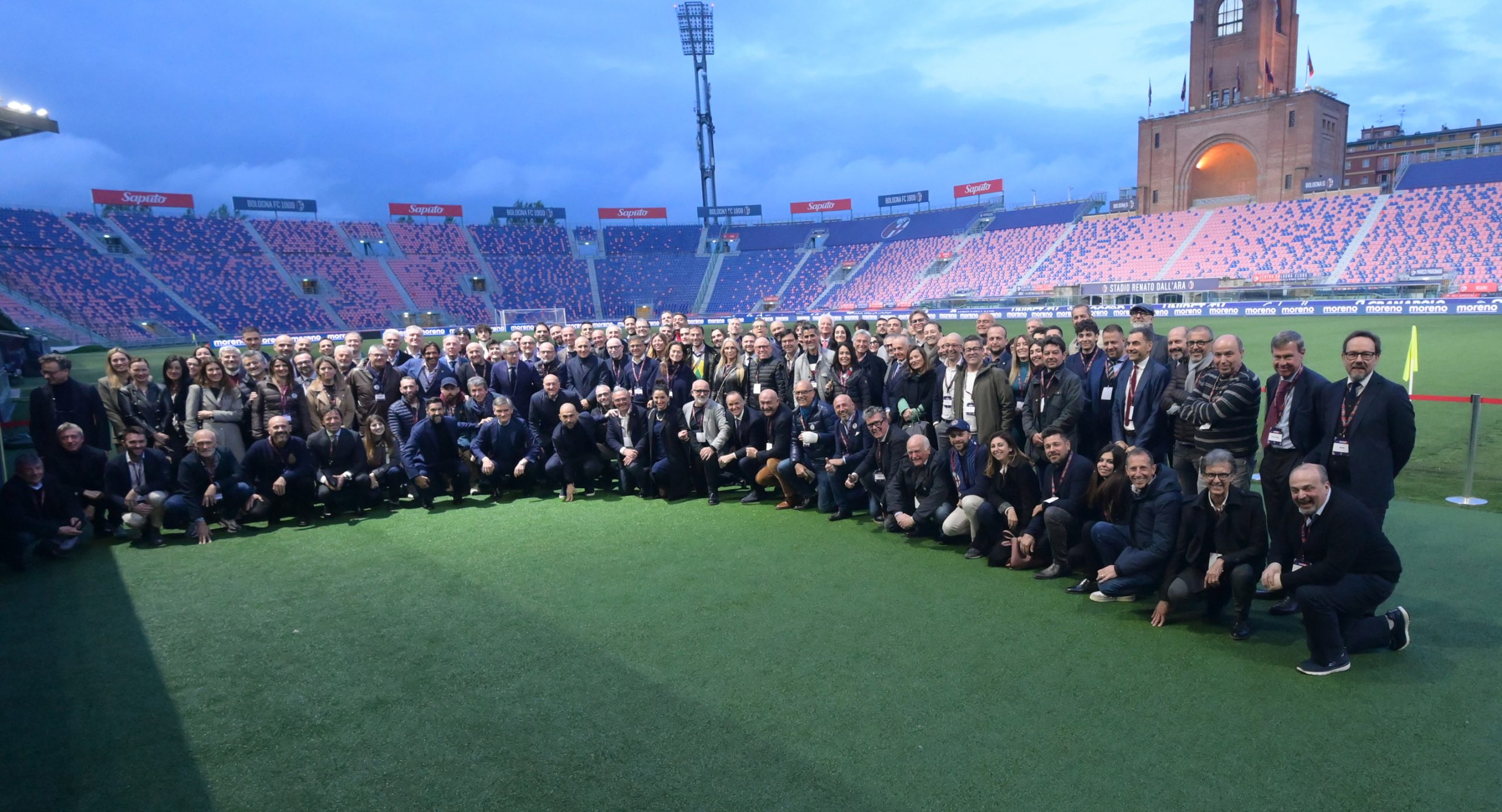Profile Info
kevinweigand
Matthew
Weigand
United States
Chicago
How to write a dystopian novel

The main theme of the dystopian work is the world of the future, where the affairs of the human race went wrong. This genre can be a fun way to explore technology, global issues, and government institutions from a creative and eventful angle. To write a dystopian novel, start by brainstorming ideas and reading good examples in the genre. Then sit down and write a novel with well-written characters and a detailed dystopian world.
Brainstorming ideas for a novel
Think about the current technology that interests you. Dystopian novels often focus on current or future technology and its impact on society. You may be interested in self-driving cars and what they will mean to people in the future. Or maybe you want to focus on social media like as this site https://domyessay.co/ and how it will impact or impact society.
Try to take modern technology and reinvent it. You can add features that make life difficult for people or prevent them from interacting.
You can also create your own version of an existing technology by adding some elements to it. For example, come up with a communication system based on the likes you get on social networks.
Focus on a global issue or problem. Dystopian novels often address and criticize a current global issue (or problem). You may be interested in climate change or the inequality between rich and poor. Ask yourself how you can address this question (or problem) in your novel. Use this aspect as the title theme for your novel.
For example, you can consider climate change by creating a world where cities are under water and people live with limited oxygen supplies.
Write about a social or cultural issue. Use a social issue such as gender inequality or racism as the main theme for your dystopian novel. Explore your race or gender with your characters and environments. Cultural issues can also be highlighted, such as the loss of ethnic values, corporate social responsibility, or the destruction of cultural heritage.
For example, you can look at the implications of gender and social inequality by creating a bleak world where only a select group of young men thrive in modern, clean homes, and most women and old people live in sewers.
Ask yourself, “What if?” Force yourself to imagine what might happen and what might happen. Ask yourself what if this happens and how will it affect our future? In a dystopian novel, “what if” tends to have dire consequences. Try to imagine what might happen if your “what if” comes true.
For example, one might wonder what if no one had any rights other than a select group of people? What if females were only used for reproduction? What if corporations ruled the world?
Read examples of dystopian novels. To better understand the genre, read some of the successful dystopian novels. Try reading different works of this genre for ideas and inspiration.
Think of a utopia that comes at a terrible cost. Such works are called “negative utopias”. It may seem strange that you think of utopia instead of dystopia, but some negative utopia books are becoming world bestsellers.
Work on the novel
Come up with the rules of a dystopian world. Write down a detailed rundown of the rules or make my essay and regulations of your fictional dystopian world. Then, when writing a novel, you can return to these notes. Having a clear set of do’s and don’ts makes it easier for you to immerse the reader in the world of the novel. It also ensures that you keep the world coherent and understandable. To create rules, ask yourself:
What are the laws of this world? Is there a legal system, and if so, what does it look like?
How are people punished for their actions? Does everyone receive the same punishment for their actions?
What is forbidden in this world?
Start with a strong introduction. A strong opening line will set the tone for the rest of the novel and immerse the reader in it. Come up with a first line that is informative and unique. This should shock or scare the reader to pay attention and read on.
Make the main character the centerpiece of the story. Don’t turn your dystopian novel into a description of a dystopian world. Create a main character who will be the center of the story. Show how he tries to survive in a dystopia. Make it the reader’s guide to this world. Having a strong main character will help readers feel a personal connection to the story.
For example, you might have a protagonist who works in a shadow government that controls a dystopian world. Then you can show how he is trying to help others to overthrow the government.
Create versatile secondary characters. Don’t make them seem like extras or pathetic parodies. Think about the secondary characters in the same detail as the main character. Give them their own drama, feelings and conflicts to sort out. Show their struggle with a dystopian world and their role in it.
For example, you might have a minor character who is the mother of the main character. She can try to help her son succeed in overthrowing the shadow government using her little-known computer hacking skills.
Describe the world with your senses. Immerse your reader in the novel’s dystopian world by describing smells, sounds, feelings, images, and tastes. Show what it is like to move around the world. Convey a picture of a dystopian world through sensations so that the reader can feel that he is really there.
For example, you can describe the metallic smell of a government headquarters operated by robots. Or describe the charcoal taste of food given to the poor and the elderly.
Create conflict using a dystopian world. Use the darker aspects of the world, when you write my essay to create conflict for your characters. The dystopian world must be directed against the heroes so that they feel trapped and not free. Then they can fight the system and try to get out of it or save others from it.
For example, you might have a protagonist who tries to ignore the government’s dark deeds until it has an impact on his family. After that, he can decide to oppose the government in order to free his relatives.
Making edits
Read the novel out loud. Once you have a draft of the novel, take some time to listen to how it sounds. Read passages out loud to yourself and others. Listen for any strange sentences or shifts in tone where speech or vocabulary changes. Notice if the novel has a sense of rhythm and tempo.
Reading a novel aloud will also help you find spelling, grammatical, and punctuation errors.
Show the novel to other people. Criticizing your own work can be tricky. Get feedback from others to make it easier for you to make edits. Ask friends, classmates, family members, and teachers to read the novel. Let them give feedback on whether the novel is fun, has a good pace / description, and is a pleasure to read.
Edit the novel. Once you get feedback, take the time to revise your work to bring it to perfection. You may need to rewrite entire sections or swap them in order to correct the pace and characteristics. Be prepared to share the novel and refine it. It may take a lot of drafts to get the work as desired.
More Information:
https://www.notion.so/The-History-of-Publishing-4381a6a92ecd4719b7f84a9890dc27a5
https://infogram.com/your-query-letter-sells-you-and-your-writing-1ho16voj3d7d84n
https://www.techinasia.com/companies/domyessay
https://www.kaggle.com/martinkirkham/how-to-know-if-your-book-manuscript-is-up-to-par










